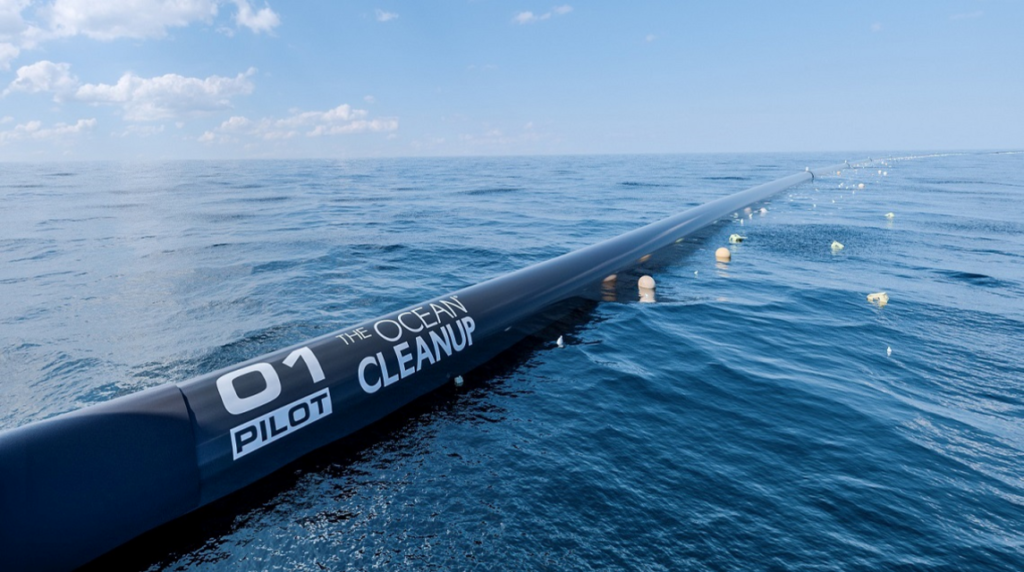
By Maler Suresh
We all know about the harm that plastics cause to the environment. In an effort to invent something multifunctional and new, humans created something that lasts forever, and it has collected in places untouched by humans.
One of these places is the Great Pacific Garbage Patch in the North Pacific Ocean. It’s one area of five where 705,000 tons of plastic have collected. As the plastic travels through the currents, it breaks into tiny pieces called microplastics. Animals could eat these tiny plastics and rupture their organs. The plastic could also block the sunlight from autotrophs living on the ocean floor, disrupting the entire food chain.
It’s a huge problem, and one 24 year old Dutch man is trying to solve it. At age sixteen, Boyan Slat dedicated his life to cleaning up the oceans after he went scuba diving in Greece and found more plastic than fish. He founded The Ocean Cleanup, a foundation dedicated to clearing pollutants from the ocean. He raised 31.5 million dollars as of 2017 by advertising his cause and asking for donations on huge platforms, such as TedX.
His idea is simple: create a huge U-shaped net to trap all of the plastic in the middle, where it can be collected for recycling. Basically, it is like a big pool skimmer. A long plastic floater prevents the plastic from being pulled back out to sea after being trapped while also holding up a mesh below the water that stops plastic from slipping underneath. The floater is pushed by the currents of the wind and waves to give it enough momentum to trap the plastic in the middle. Slat claims that his device will clean up 50% of the Garbage Patch every five years, but many scientists doubt its effectiveness.
According to them, skimming the top of the Garbage Patch won’t be very effective because much of the plastic has sunk to the bottom of the ocean.
Many also believe that the device has not been properly designed or field tested, oceanographer Kim Martini says, “If it breaks, it’s a giant piece of marine debris. Who’s going to clean that up?” Even if it does work, most scientists believe that it will not really help the problem of plastic collection in the ocean, because it is not stopping plastic at its source on the mainland. The system was deployed from San Francisco on September 8th, and it had reached its destination and begun to collect plastic by October 6th.
One design flaw that they immediately realized was that the plastic was backwashing out of the system almost as soon as it entered. To attempt to remedy this, Slat decided to make the system even longer and widen the U-shape, but this was not effective, so they are still trying to find a way to make the device actually retain the plastic it collects.
Whether it ends up working or not, scientist agree that Slat has done one thing. He has successfully raised awareness for the huge problem that plastic presents, and his determination has hopefully inspired other people to do something about the problem too.
